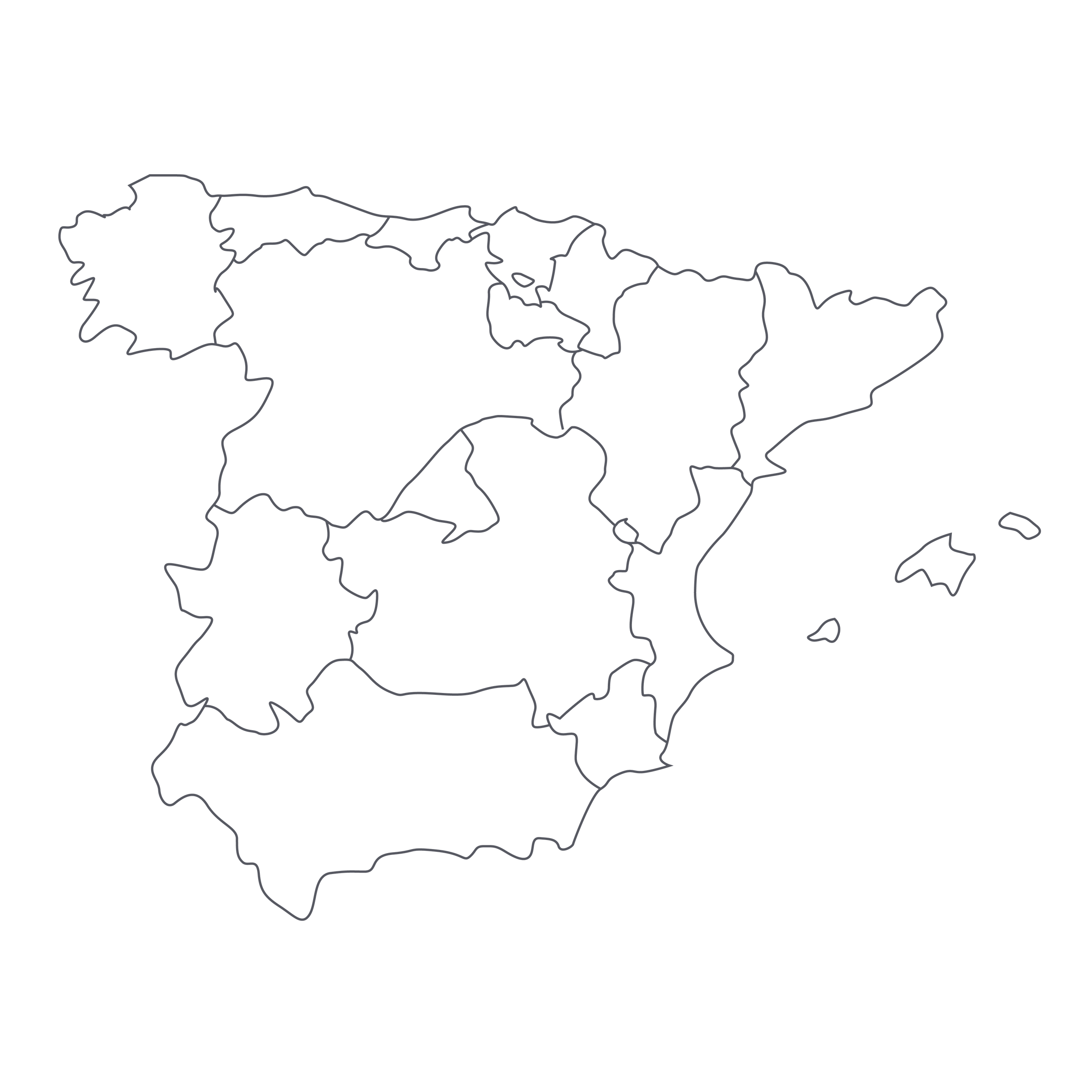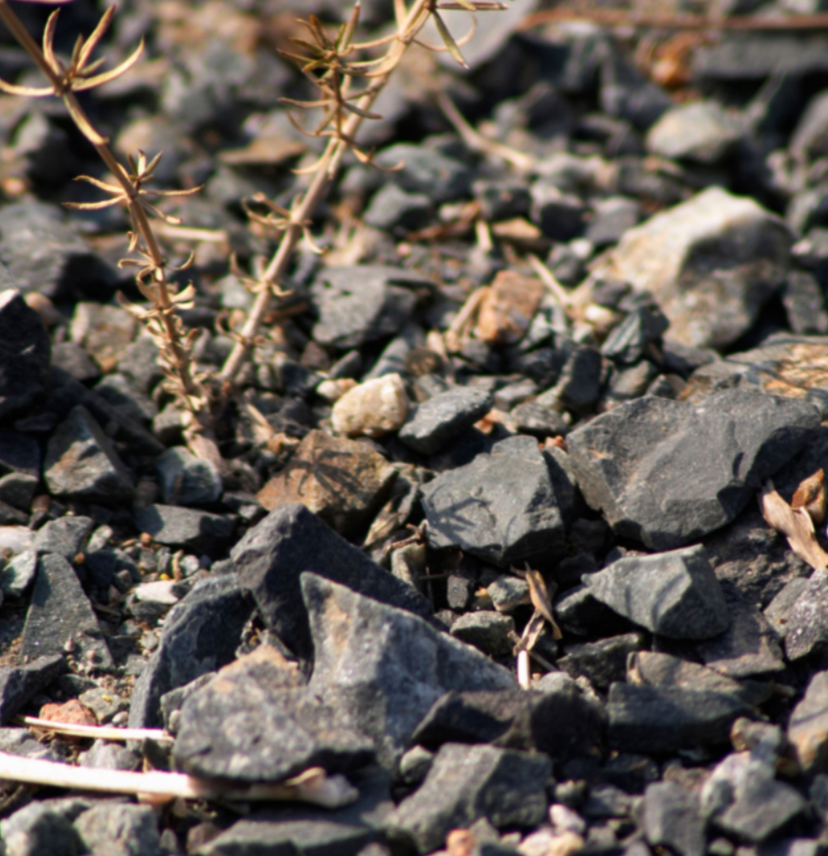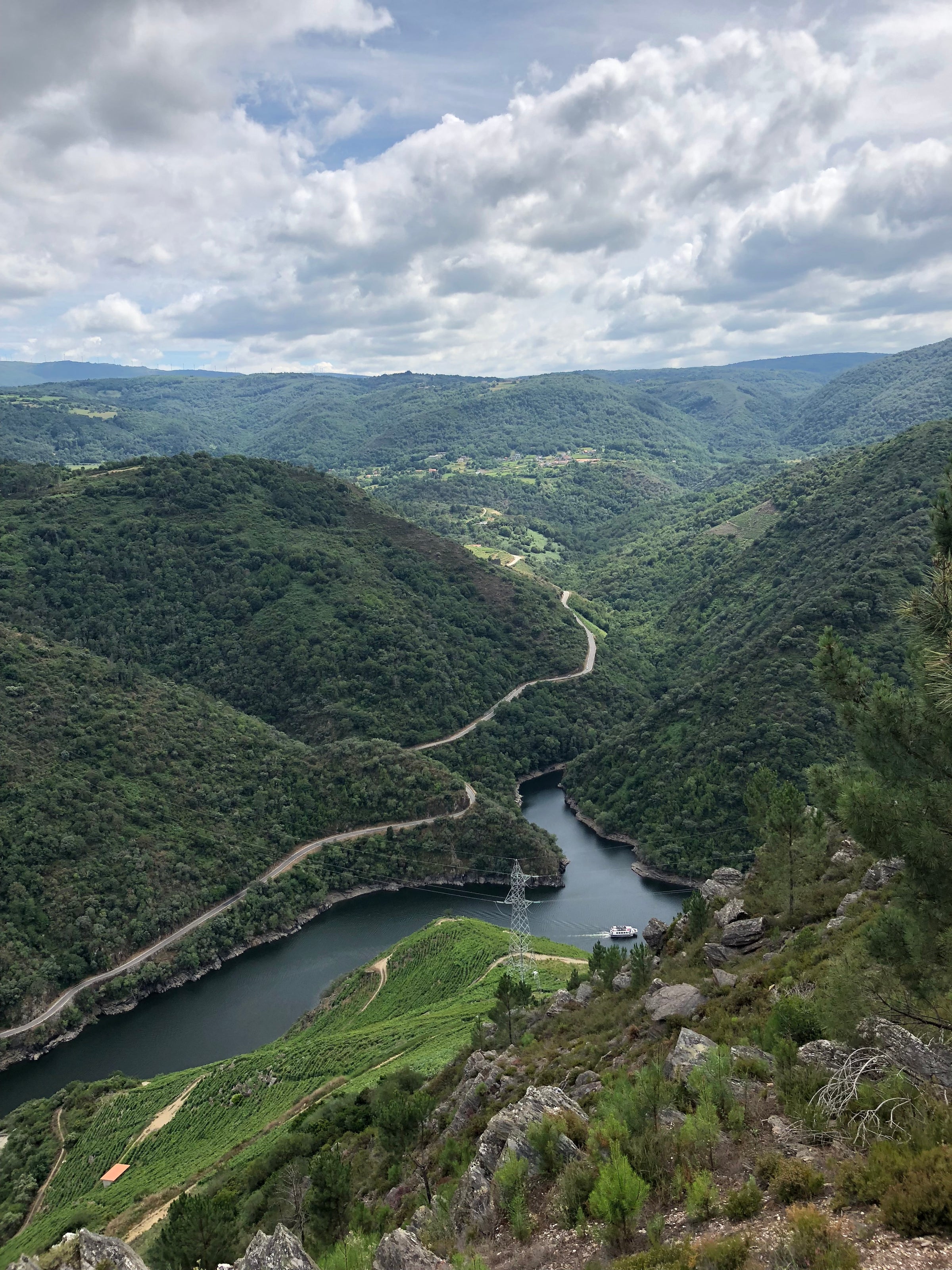The prodigiously bearded Raúl Pérez looks like a diminutive version of Hagrid from “Harry Potter,” and if you’ll pardon the cheesy analogy, he’s working some serious magic with northwest Spain’s Mencía grape. As established subscribers know, this place and this grape are close to our hearts, and Pérez has taken the US market by storm with wines from the Bierzo DO that are absolutely enchanting in their perfumed elegance.
Bierzo and some of the nearby, Mencía-focused appellations in Galicia (Ribeira Sacra; Valdeorras) are some of the most dynamic wine regions on the planet right now, and it feels like each new vintage yields new ideas as to what this indigenous variety is capable of expressing. Long compared to Cabernet Franc from the Loire Valley (even though there’s no genetic connection), Mencía can indeed show some of that variety’s “green-ness” and rusticity—but, just as producers such as Clos Rougeard and Olga Raffault coax floral perfume and supple texture from their Cab Franc, Pérez delivers Mencía of similar grace and refinement. This incredibly well-priced 2015, Pérez’s Bierzo “Ultreia-St. Jacques,” is a silken introduction to a producer who’s got the wine trade buzzing. This is Mencía that not only channels some of the great masters of the Loire but gives a nod to top cru Beaujolais and Burgundian Pinot Noir as well. It is not to be missed!
Pérez’s legend has been growing in the US for several years now; he originally gained international recognition working with his mentor, Alvaro Palacios, on assorted projects throughout northwest Spain (and beyond), but his home base is Bierzo, which is situated right where the Galicia region gives way to Castilla y Léon. From 1993-2004 he was the winemaker at Castro Ventosa, his family’s historic Bierzo winery, after which he founded his eponymous operation in the same village—Valtuille de Abajo. His family owns about 15 hectares of vineyards in and around Valtuille, which are broken up into incredibly tiny parcels farmed by many individual growers. Pérez’s “Ultreia” series follows a Burgundy model: There are a few “village-level” wines at the entry level—of which this “St. Jacques” is one—and then several more limited-production, single-vineyard bottlings.
As with the Galician wine zones, Bierzo experiences a cool, wet Atlantic Ocean influence, but as you move eastward, to lower altitudes closer to the Sil River, the influence of the warmer, drier plains to the east can be felt. At higher elevations (often 1,000+ meters) the Bierzo soils are a mix of slate and granite, transitioning to more “alluvial” material—sand, silt, and clay—in the lower-lying areas. Valtuille is indeed part of the latter “Bierzo Bajo,” although, at around 600 meters elevation in its own right, there’s nothing especially bajo about it. Ultreia St. Jacques is sourced from about 5 hectares of extremely old vines (some going back to 1900), scattered across a variety of small parcels around Valtuille. In addition to Mencía, which comprises the majority of the blend, there are small amounts of Alicante Bouschet and Bastardo (a.k.a. Trousseau) incorporated into St. Jacques; the wine is about 80% “whole-cluster” fermented (meaning intact grape bunches are crushed and fermented, stems and all) in large oak vats. It is then aged in a mixture of used oak barrels and concrete tanks, and bottled unfined and unfiltered.
The 2015 “Ultreia-St. Jacques” is a tremendously elegant wine for the money—I’m always reluctant to praise a non-Burgundy wine as ‘Burgundian’ (a subscriber called me out on this a while back), but it sure does lean in that direction! In the glass it’s a deep ruby moving to purple/magenta at the rim, with a beguiling nose of pomegranate, plum, red and black raspberry, wet roses and violets, graphite, a hint of eucalyptus (hello, Loire Cab Franc!), and crushed stones. It is medium-bodied and silky on the palate, the tannins barely perceptible and the acid bright but not sharp. The energetic palate impression is where the Burgundy comparison comes into play—it is easy to drink, but persistent on the finish. And it’s an absolute pleasure to drink now: Decant it about 30 minutes before serving at 60-65 in Burgundy stems. It will easily do double duty on the dinner table with fish and meat, though I’m inclined toward the latter—check out this Spanish-inflected pork tenderloin, a nice lighter-weight option for a summer pairing. Don’t hesitate to chill the Bierzo more if you like it cooler. Enjoy!





